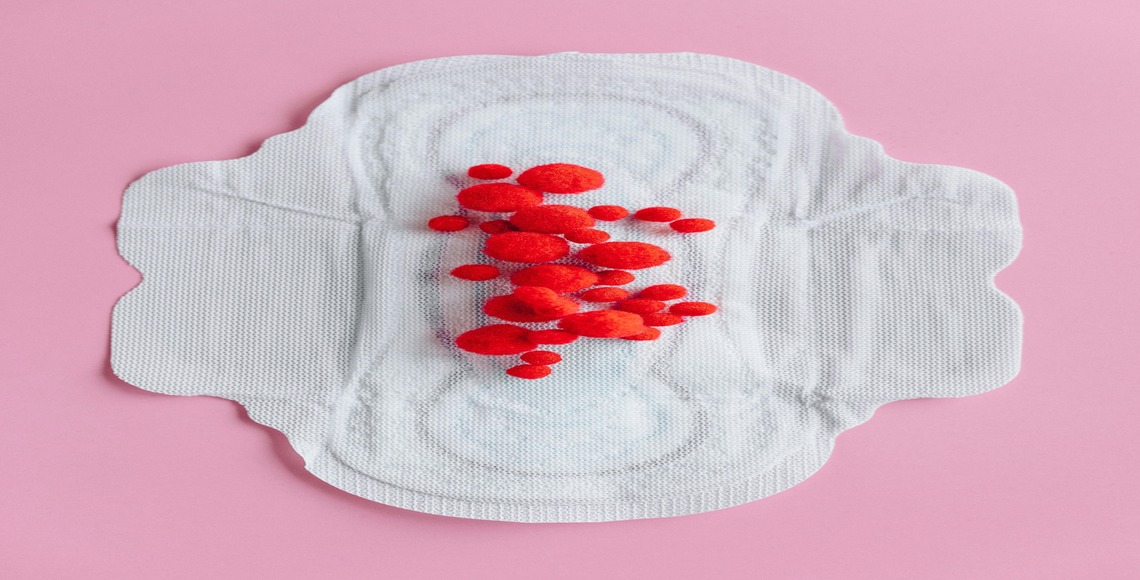You’ve heard the stories about women* who spend a lot of time together’s periods syncing up.
Tragically, science tells us that these stories are myths. There is absolutely no science to corroborate the idea that anything in the female menstrual anatomy system is capable of influencing other female menstrual anatomy systems, according to The New York Times.
Psychology tells us that this myth is a result of confirmation bias. We tend to remember occasions when others were menstruating at the same time as us, whereas we forget about all the many thousands of times when others’ periods are not synced up with our own. As disappointing as this may be to those of us who cling to the idea that we have some cosmic, energetic alignment with other biologically female people’s blood-flows, these are the facts:
The period syncing myth was initially proposed in a study by University of Chicago psychologist Martha McClintock. In it, McClintock studied 135 college girls and eventually coined the term “the McClintock effect” to describe the period syncing she discovered.
Her study is often praised as the first to identify pheromones, or unconscious chemical signals that can be transmitted between people, and its findings were reproduced in several animal studies. But over the years, more and more experiments began to disprove and invalidate her findings. Eventually, it was found that women’s cycles often randomly overlap, but there is no significant, replicable evidence that the McClintock effect actually exists.
But yet the myth persists, and I will insist on believing it, as will many others (including Martha McClintock herself). I mean, there are so many things that scientists once denied or wrote off as mystical pseudoscience that have been proven real by recent ways of thinking and understanding the world around us. We once thought that the earth was flat; science has proven otherwise. We once believed in linear time and space, but Einstein’s theory of relativity knocked that one down. More relevantly, the resonance theory of consciousness (a theory that is gaining increasing validity in the scientific community) tells us that everything is made up of vibrations and oscillations that influence each other. In a 2011 paper in the Journal of Consciousness Studies, TamHunt writes, “[L]iterally every life form and every speck of dust down to the smallest subatomic particle is influenced by the world through the various forces that act upon it.” That’s just another way of describing the resonance theory, which is just another way of saying that we’re influenced by internal forces that we cannot see.
And why shouldn’t these forces include some kind of interpersonal communication that influences our periods and causes them to adjust to others’? Although this relationship might not be as simple as the syncing theory suggests, there is some evidence that women on their periods do physically influence other women in some way. One study from Yokohama City University found that ovulating women can release compounds that impact the menstrual cycles of other women, not necessarily syncing them up with their own but successfully altering cycle length.
Still, there isn’t much concrete evidence as to the belief that women’s periods will sync up when they spend a lot of time around each other. So why am I (and so many women I know) so invested in believing in it?
As The Atlantic acknowledges, “the idea that women’s bodies can fall into collective rhythms carries a certain mysterious, otherworldly appeal and, lending the myth more inertia, gives women a way to feel connection, empathy, and collective empowerment with other women.” In short, period syncing can be a way of identifying covert bonds we feel with other women, be it due to menstruation or something deeper. It can be a way of giving voice to the stress of ovulation or other things that women are expected to keep neat, clean, and under wraps.
After all, according to the New York Post, nearly half of women have experienced some form of “period shaming”—a ridiculous concept, considering that life could simply not exist without periods, but one that has saturated history nonetheless.
Period shaming and periods in general, as with many health concerns, can be far more detrimental for women of color or women who have difficulty affording medical care. A 2017 study by Marni Sommers shed light on the difficult experiences of refugee women in Myanmar and Lebanon, who often have no access to sanitary care and supplies. The idea of having no sanitary pads is difficult for many of us to imagine, but it’s a reality for so many women and girls around the world.
Unsurprisingly, in America, the medical industry also has a very long history of ignoring the plights of girls and women, particularly women of color. Black women have heavier menstrual bleeding, triple the risk of postpartum death, and three times the chance of developing fibroids, among other issues that stem from a lack of adequate medical attention. Too often, the intricate causes of different kinds of bleeding are looped under the umbrella of vaginal menstruation. Clearly, there’s a very long way to go in terms of the ways the medical establishment understands periods.
So, in light of all this, is it such a surprise that some of us would find pleasure and solace in imagining that our monthly blood-flows mark some form of communion with others who go through the same thing, often in silence and with some element of shame, month after month? My personal theory is that soon enough, period syncing (or some variant of it) will finally be officially proven by a study that better understands its nuances and the invisible threads that connect us all. Even if not, I’ll keep relishing the feeling of knowing that my friends and I are both gushing blood at exactly the same time.
*This article acknowledges that people who identify as male or nonbinary can also possess female sex organs, while people who identify as women may not. Here, “women” refers to a person of any gender who is capable of female ovulation or who chooses to identify with the term.












